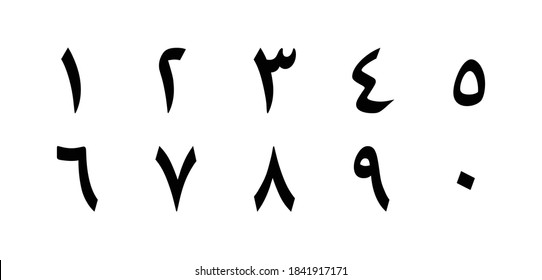Arabic Level 1, Activity 05: “الأَرْقَام / Numbers” (Face-to-Face/Online)

Description:
In this activity, students will practice reading and writing numbers from 1-10 with simple math problems.
Semantic Topics:
زائد – ناقص – يساوي – الأرقام – ١ – ٢ – ٣ – ٤ -٥ – ٦ – ٧ – ٨ – ٩ – ١٠ , plus, ,minus, equals, 1, 2, 3, 4, 5, 6, 7, 8, 9, 10
Grammatical Structures:
Numbers, +, -, =
Products: Simple math problems.
Practices: Answering simple math problems for beginners.
Perspectives: The importance of thinking logically in Arabic using numbers and the history of Arabic numerals.
- Standard 1.1: Students engage in conversations or correspondence in Arabic to provide and obtain information, express feelings and emotions, and exchange opinions.
- Standard 1.2: Students understand and interpret spoken and written Arabic on a variety of topics.
- Standard 4.1: Students demonstrate an understanding of the nature of language through comparisons of Arabic and their own languages.
Idaho Content Standards for World Languages:
- COMM 1.1: Interact and negotiate meaning (spoken, signed, written conversation) to share information, reactions, feelings, and opinions.
- COMM 2.1: Understand, interpret, and analyze what is heard, read, or viewed on a variety of topics.
- COMP 1.1: Observe formal and informal forms of language.
- COMP 1.2: Identify patterns and explain discrepancies in the sounds and the writing system in the target language.
NCSSFL-ACTFL Can-Do Statements:
- I can read\write numbers from 1 to 10 in Arabic.
- I can use simple math symbols like +, -, and = in Arabic.
- I can exchange my number with others in Arabic.
Materials Needed:
- The slides presentation.
- Textbook or whiteboard.
- Marker/black pen
Warm-Up
- For the warm-up, you will teach students how to say +, -, = in Arabic.
من أجل الإحماء ، ستعلم الطلاب كيف يقولون + ، – ، = باللغة العربية. - Pull up the presentation ( don’t forget to press Slideshow), share your screen with students, and start with the warm-up activity.
+ Plus
– minus
= equals
اسحب العرض التقديمي (لا تنس الضغط على “Slideshow”) وشارك شاشتك مع الطلاب وابدأ بنشاط الإحماء. + زائد
– ناقص
= يساوي.
Main Activity
- For the main activity, you will give students a simple math problem, and they will say the answer.
بالنسبة للنشاط الرئيسي ، ستعطي الطلاب مسألة رياضية بسيطة ، وسيقولون الإجابة. - Read the first one out loud with the answer.
اقرأ أول واحد بصوت مرتفع مع الإجابة. - Then, let students take turns reading each math problem and giving the answer.
بعد ذلك ، دع الطلاب يتبادلون الأدوار في قراءة كل مشكلة رياضية مع إعطاء الإجابة أيضًا. - Slides will show up the answer for the math problem after you click the mouse button.
ستظهر “الشرائح” الإجابة عن مسألة الرياضيات بعد النقر فوق زر الماوس.Wrap-Up
- As a wrap-up, you will ask students to write or say their phone numbers in Arabic. (it does not have to be their real numbers)
كخلاصة ، ستطلب من الطلاب إما كتابة أرقام هواتفهم أو نطقها باللغة العربية. (ليس من الضروري أن تكون أرقامهم الحقيقية). - You can teach them the informal phrase for asking for someone’s number.
يمكنك تعليمهم العبارة غير الرسمية لطلب رقم شخص ما.
End of Activity
- As a wrap-up, you will ask students to write or say their phone numbers in Arabic. (it does not have to be their real numbers)
- Read Can-Do statements once more and have students evaluate
their confidence.
(Use thumbs up/thumbs down or download our student cards.) - Encourage students to be honest in their self-evaluation.
- Pay attention, and try to use feedback for future activities!
NCSSFL-ACTFL Can-Do Statements:
- I can read\write numbers from 1 to 10 in Arabic.
- I can use simple math symbols like +, -, and = in Arabic.
- I can exchange my number with others in Arabic.

